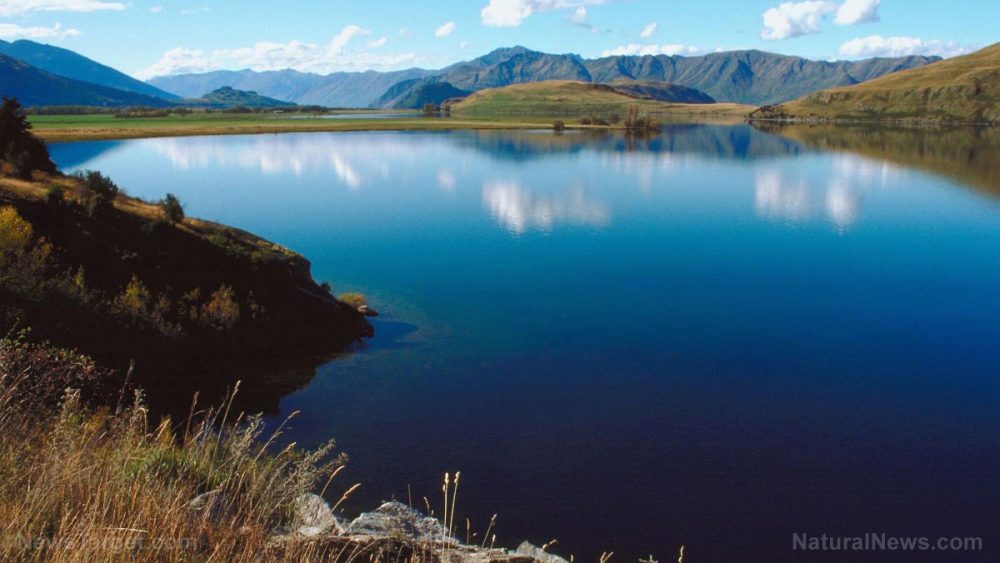
Advertisement
Determining the health of a lake or a stream could be done by looking for the presence of wild rice. According to a team of researchers from the University of Minnesota, wild rice is to these bodies of water as a canary is to a coal mine. Their sensitivity to their surroundings is an indicator of potentially adverse conditions.
For their study, the investigators analyzed over 100 streams and lakes across Minnesota from 2011 to 2013. Many of these are usually home to wild rice. Included in the researchers’ examinations were sediment core and surface water measurements, and water chemistry and depth.
They discovered that nearly all of the lakes and streams that had no wild rice also had the most elevated levels of sulfate. Even if the conditions were favorable for the development of wild rice, there was almost none when great amounts of sulfate were present in the water.
Though rather than it being the sulfate itself, they found that the problem lay in sulfide. The soil that wild rice thrives on is home to anaerobic microbes as well. It’s these microbes that convert sulfate into highly toxic sulfide and make lakes, streams, and wetlands near-inhospitable for wild rice. Moreover, the plants that have been affected by sulfide undergo rapid decomposition and release nitrogen and phosphorus. On top of inhibiting plant growth, nitrogen and phosphorus increase algal blooms as well.
“The results of our studies are important because they show that increases in sulfate in our lakes and streams can have multiple negative consequences for ecosystems, even though sulfate itself is relatively benign,” said study author Amy Myrbo. “Our research is based on hard science and showed the same results as other studies in artificial environments.”
In addition to being harmful to wild rice, the sulfate-converting microbes are equally dangerous to aquatic life. This because these same microbes produce methylmercury. According to WHO.int, methylmercury is an organic form of mercury that bioaccumulates and biomagnifies in fish and shellfish. People who eat these fish then become exposed to mercury themselves and experience mercury poisoning. This condition can result in the central, nervous, digestive, and immune systems becoming severely damaged.
“Minnesota is unique among U.S. states and Canadian provinces in that it has a water quality standard that regulates sulfate. This isn’t just about wild rice. We’ve now found that putting sulfate into our water has consequences down the line, including more mercury in fish, changes in habitat for ducks, and changes in the food chain,” remarked Myrbo. (Related: Thousands of dead fish wash up on Lake Michigan)
From here, Myrbo intends on continuing the team’s efforts in studying the waterways of Minnesota. “We feel that this is just the beginning of our research on studying Minnesota’s waters and the effects on communities,” she said.
Go to Environ.news for more news stories and studies regarding the environment.
Sources include:
Advertisements







